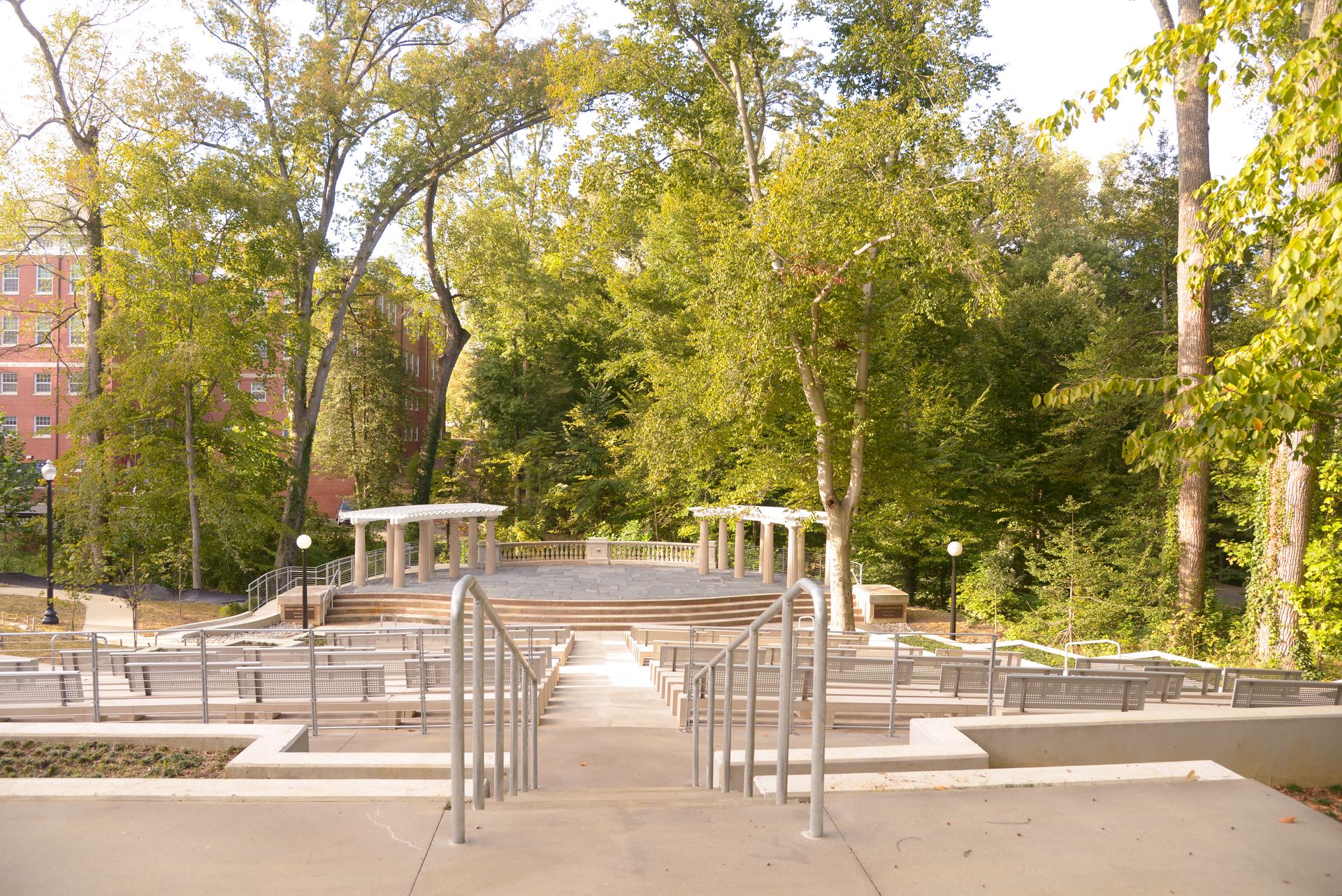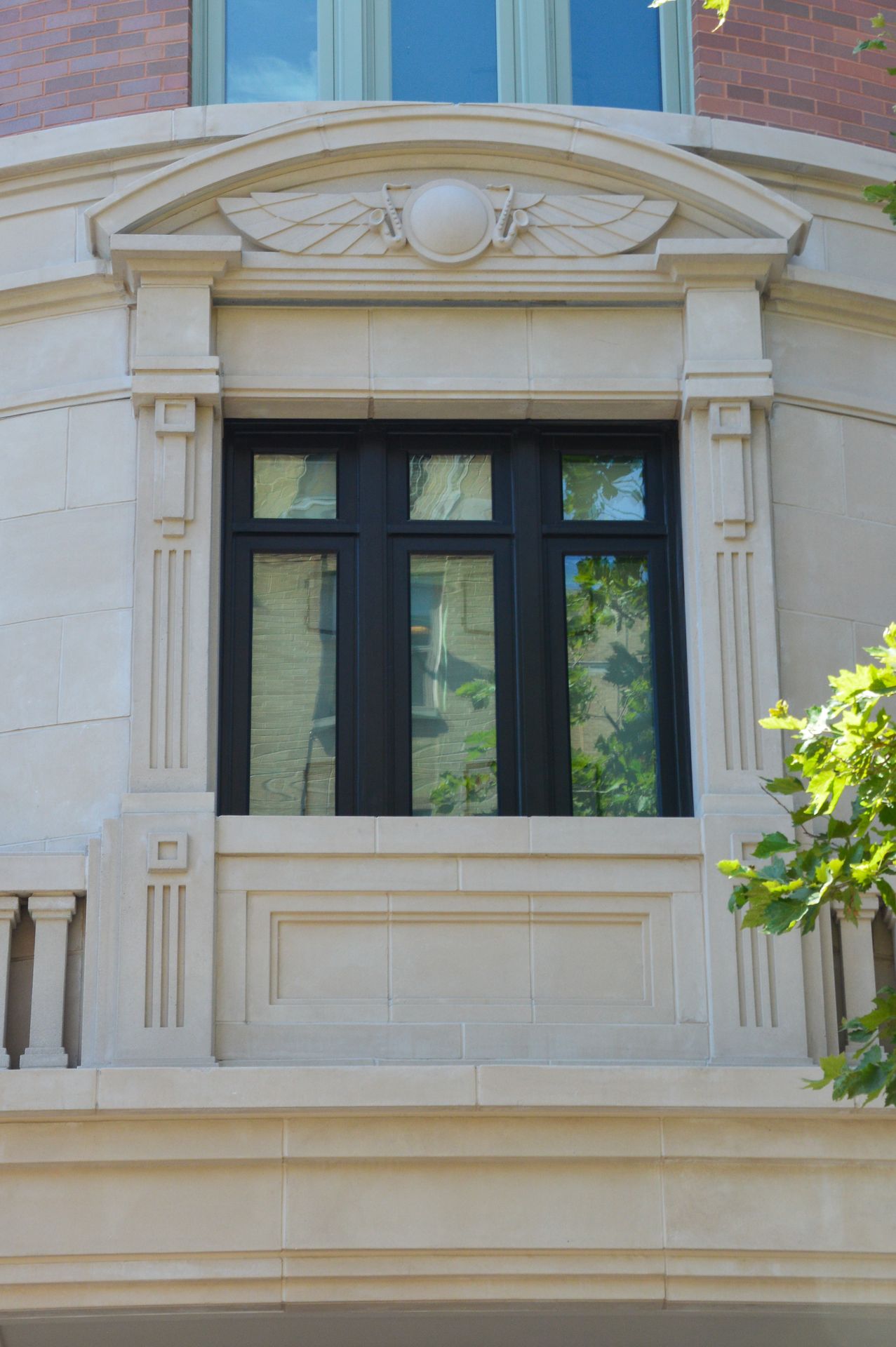Cast stone and architectural precast are both types of concrete used in construction, but there are some differences between the two:
- Manufacturing process: Cast stone is typically manufactured by mixing crushed natural stone or mineral aggregates with a cementitious binder, pigments, and water, and then casting the mixture into molds. The cast stone is cured in the molds and then removed for further finishing. On the other hand, architectural precast concrete is manufactured by casting a mixture of cement, aggregates, reinforcements, and additives into molds in a controlled factory environment, and then curing and finishing the concrete elements before they are transported to the construction site.
- Composition: Cast stone often uses natural stone or mineral aggregates, which can include limestone, marble, quartz, granite, or other materials, as the primary aggregate. Architectural precast concrete, on the other hand, may use a wider range of aggregates, including crushed stone, sand, or recycled materials, depending on the mix design and project requirements.
- Design flexibility: Both cast stone and architectural precast offer design flexibility in terms of shapes, sizes, colors, textures, and finishes. However, architectural precast concrete generally offers more design flexibility due to the ability to use different molds, form liners, and custom mix designs, which allows for greater customization and variety in the appearance of the finished elements.
- Production methods: Cast stone is typically produced in small batches using molds, and the curing process may take longer compared to architectural precast concrete, which is produced in a controlled factory environment using standardized processes and equipment. This can result in potentially longer production times for cast stone compared to architectural precast.
- Applications: Cast stone is often used for architectural details such as trim, moldings, and ornamentation, while architectural precast concrete can be used for a wide range of applications including wall panels, cladding, facades, structural elements, and more.
- Standards: Cast stone is typically manufactured and installed in accordance with the Cast Stone Institute (CSI) standards, while architectural precast concrete is governed by various industry standards such as PCI (Precast/Prestressed Concrete Institute) and ACI (American Concrete Institute) guidelines.
It’s important to note that the specific differences between cast stone and architectural precast may vary depending on the manufacturers, project requirements, and regional practices. Consulting with experienced professionals and following relevant industry standards and guidelines is always recommended when specifying or using cast stone or architectural precast in construction projects.



